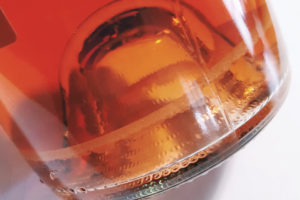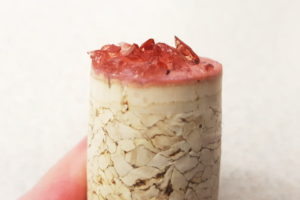Topics Covered: Spring frosts and wine chemistryExogenous tanninsRackingYAN testingGetting a microscopeOxygenating mustYeast hulls during fermentationTartrate inhibitorsWinery floor cleaners Many vineyards experienced a freeze event in mid-April. The vines lost primary shoots/clusters and will be setting secondaries. What has been your experience with winemaking with secondary clusters with regards to juice chemistry (i.e., brix, pH, TA, […]
Cold Stability
Q&A Summary: April 2020
Topics Covered:Barrel useBentoniteCold stabilityRackingPressingWine storageDissolved oxygenFruit wines How many times / how long can you use a barrel? I know there is not one exact answer, but is it more of a taste thing, or how do you know when a barrel is neutral? While there may be some variation among barrel producers, a barrel […]
Protocol: Conductivity for Cold Stability
Cold stability testing is an estimated analysis based on saturating a juice/wine sample with potassium bitartrate powder at a consistent, cold temperature. While the use of cold stability testing decreases the potential of tartrate precipitation in the wine post-bottling, going through this protocol does not guarantee a lack of potassium bitartrate precipitation. For example, wines […]
Protocol: Freeze Test for Cold Stability
Cold stability testing is an estimated analysis. While the use of cold stability testing decreases the potential of tartrate precipitation in the wine post-bottling, going through this protocol does not guarantee a lack of potassium bitartrate precipitation. For more information on this, please references the sources, below. Equipment (Links provide suggestions, but alternatives are appropriate) […]
Q&A Summary: February 2020
Topics Covered:Tank headspaceUsing carbon dioxide gasCold stabilizationUsing an ebulliometerMeasuring sugar in wineCold stabilizationWhen to sweeten a wineGasketsOzoneLab testingFDA and FSMA I only have a few inches of headspace in my fixed capacity tanks. There is a little bit of headspace for when the volume within my tanks expands as the cellar temperature rises. I noticed […]
Tartrate Inhibition
Webinar Curriculum: How tartrate inhibitors work in wine. Wine styles that are good candidates for tartrate inhibitor addition. Challenges associated with tartrate inhibitors in red wines. Key wine processing considerations when using a tartrate inhibitor to cold stabilize a wine Video length: 30 minutes



